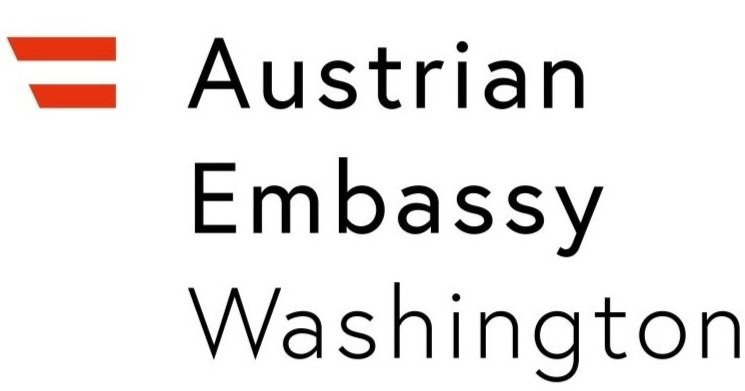Bridging Continents: How Austrian Scientists in North America Are Shaping the Future of Quantum Technology
By: Alexandra Lieben, President, ASciNA
Optical table with lasers at The Endres Lab at the California Institute of Technology
Photo: Franz Pfanner
ASciNA is Austria’s first and the only independent network of scientists and scholars in North America, from Canada and the United States to Mexico. Founded in 2002, it now counts close to 1700 members across 18 chapters, including alumni chapters in Europe. ASciNA offers invaluable networking, support, and mentorship. Mentorship happens informally as well as through its highly regarded Mentoring Program that pairs early career ASciNA members with accomplished ASciNA scientists and scholars. The prestigious ASciNA Awards are given out annually and reward two young scientists and one junior principal investigator for their extraordinary work with € 7,500 and € 10,000 respectively. While ASciNA largely operates in North America, its members also engage in transatlantic academic exchange and collaborations with Austrian universities, research institutions, and industry. ASciNA brings expertise, experience and networks to the table, vital assets that contribute to propelling Austria’s scientific work and global expansion.
ASciNA members are also active in advancing quantum science and technology. This is an exciting time in quantum science. Many technologies are maturing to the point of transition from proof of principle experiments to systems with practical applications. Yet, quantum computers are not yet advanced enough to solve societal challenges beyond classical computing. Few companies and researchers focus on translating quantum algorithms into real-world applications or assessing their feasibility for future hardware. But this is changing.
Talent plays a critical role in pushing this frontier. ASciNA members are among the extraordinary scientists who work in collaboration with top researchers and North American institutions to push the boundaries of quantum science and technology.
Winfried Teizer, Ph.D. leads the Center for Nanoscale Science and Technology at Texas A&M University. His research investigates the materials properties of quantum systems and novel molecular materials, focusing on their potential use in technological applications, ranging from quantum devices to molecular data storage. These applications meet future core needs of society in the fields of computation and health care.
Franz Pfanner, Austrian PhD student at the California Institute of Technology
Photo: Eric Schramm Photography
Franz Pfanner is currently a Ph.D. student in physics and member of the group of Professor Manuel Endres at the California Institute of Technology. The Endres Lab focuses on experimental and theoretical quantum science with optical tweezers, focusing light into tiny spots to trap individual atoms. Using laser beams, Endres Lab scientists can move the atoms around, control their states, and generate entanglement. These capabilities are used in quantum simulators and quantum computers built on the optical tweezer platform. The group has been at the forefront of exciting research such as benchmarking entangled states and scaling of neutral atom qubit systems and just released a pre-print demonstrating the trapping of over 6000 atomic qubits.
Quantum science is inherently global, and transatlantic partnerships play a key role in shaping the field. The XPRIZE Quantum Applications competition exemplifies this collaboration, with Google Quantum AI (USA) as title sponsor and the Geneva Science and Diplomacy Anticipator (GESDA) (Switzerland) as presenting partner. Together, they aim to nurture an ethical and forward-looking quantum ecosystem.
Kathrin Spendier, Ph.D. is the Technical Prize Director of the XPRIZE Quantum Applications competition. Dr. Spendier leads the $5 million, three-year global competition accelerating the development of impactful quantum algorithms. XPRIZE, a global leader in designing large-scale competitions, brings together 320 teams from 50 countries, including four from Austria. Participants range from academic researchers and industry leaders to interdisciplinary teams in quantum algorithms, chemistry, materials science, and AI. This broad engagement is key to unlocking quantum’s full potential for drug discovery, resource optimization, and climate modeling. Dr. Spendier is dedicated to advancing quantum computing and workforce development through the XPRIZE Quantum Applications competition, ensuring that quantum expertise is cultivated globally rather than concentrated in a few countries.
In search of premier opportunities, scientists move between continents for their education and careers. ASciNA provides support along the way. And Austria gains immeasurably through the excellent work that Austrian scientists do abroad – by advancing science and by representing Austria in the best possible way.
Quantum experiment at the Endres Lab at the California Institute of Technology
Photo: Franz Pfanner



